Bouygues has completed the construction of an oculus staircase – the first of its kind in the UK – at the £300m Cardiff Innovation Campus’ sbarc | spark building.
Bouygues worked with Taunton Fabrications to design and install the sculputal, open staircase, which was designed by architects Hawkins\Brown.
Travelling through a slanting void, the staircase’s name is taken from the oculus design, which depicts an eye that allows light to flood into a space. It aims to drive engagement and collaboration between the varying departments and uses of the sbarc | spark building.
Mike Baynham, operations director for Bouygues UK in Wales, and project lead on Cardiff Innovation Campus, said: “It’s amazing to have witnessed this staircase taking shape over the past few months. The expertise of Taunton Fabrications and the amazing vision of Hawkins\Brown have all come together to create a spectacle in this truly one-of-a-kind building.
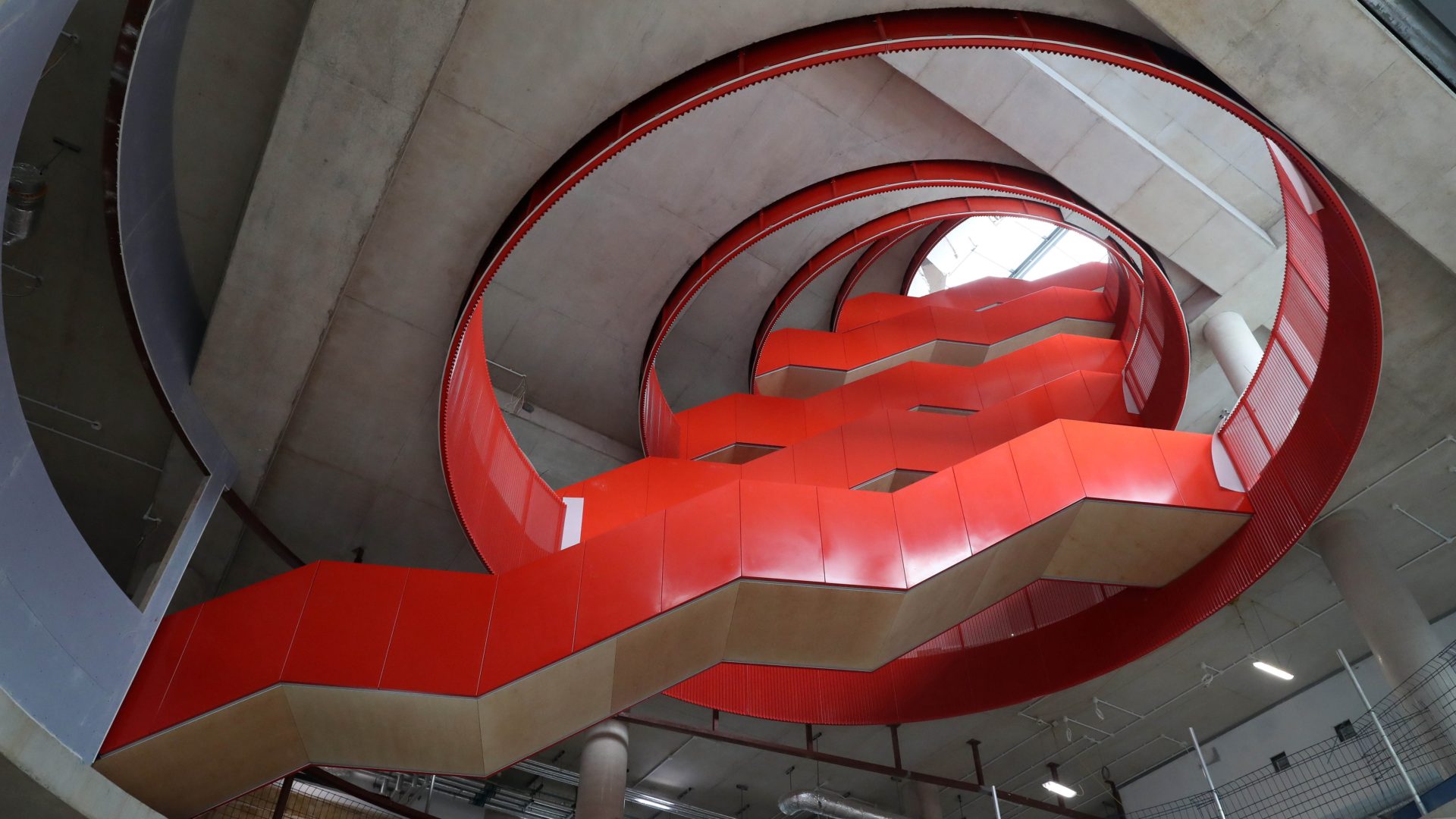
“The way the staircase was constructed is also unique as the stairs weren’t installed directly above each other, as traditionally happens, but are offset at each floor level. Several methods of installation have been reviewed over months to come up with the best way to install the stairs safely and practically.
“Our great team here at Bouygues UK came up with a solution to install each stair after each floor slab was built and then construct the next floor above the stair with a cleaver configuration. These temporary works was designed by Taunton Fabrications and the RC frame contractor, 4D Structures. This was then repeated on every floor. It is a complex but exciting construction project and is amazing to see it come to fruition.”
Julia Roberts, partner and education & research sector lead of Hawkins\Brown said: “The oculus staircase was designed as a stimulating setting that fosters collaboration between researchers, practitioners and policy-makers. To develop this design, we worked with our computational design team and produced a script that allowed us to create a parametric model of the oculus void for best coordination with structures and M&E design teams. This also enabled us to create a game engine walkthrough which you were able to experience on a VR headset – it proved to be a powerful design development tool which actively involved the University and building users.
“This was the first time we utilised game engine technology on a project, and it’s very rewarding to see it taking shape on site.”
Comments
Comments are closed.


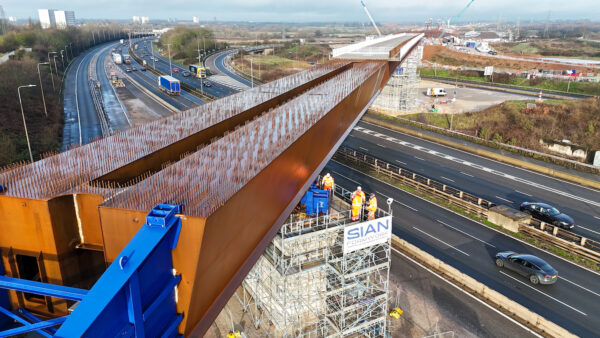
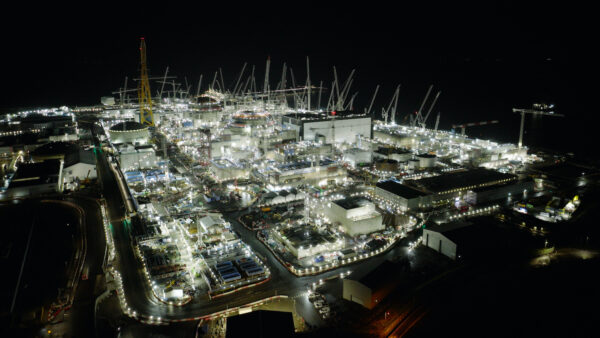

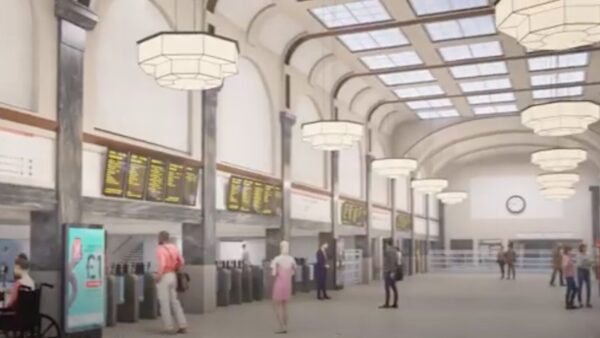
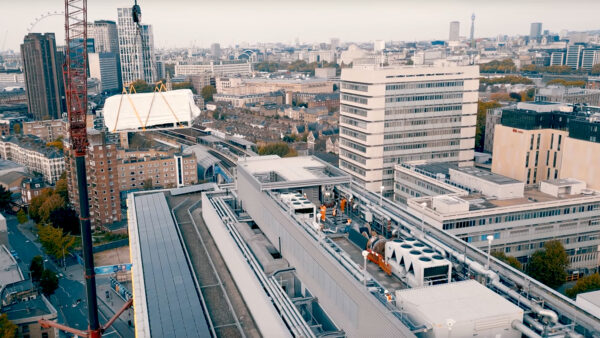
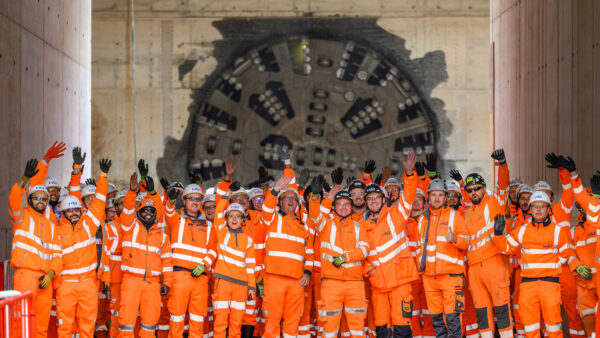



A 2 headed chicken is “different” – some ‘left-overs from the German 1930’s are probably trying to bring a 3 headed chic around. Stairs are unique but realu really Ugly. Some ‘green’ architects must have designed it. Beauty no longer is within their soul. Typical now of what universities produce these days. And sadly, projects that some will take on in the name of “making money”.